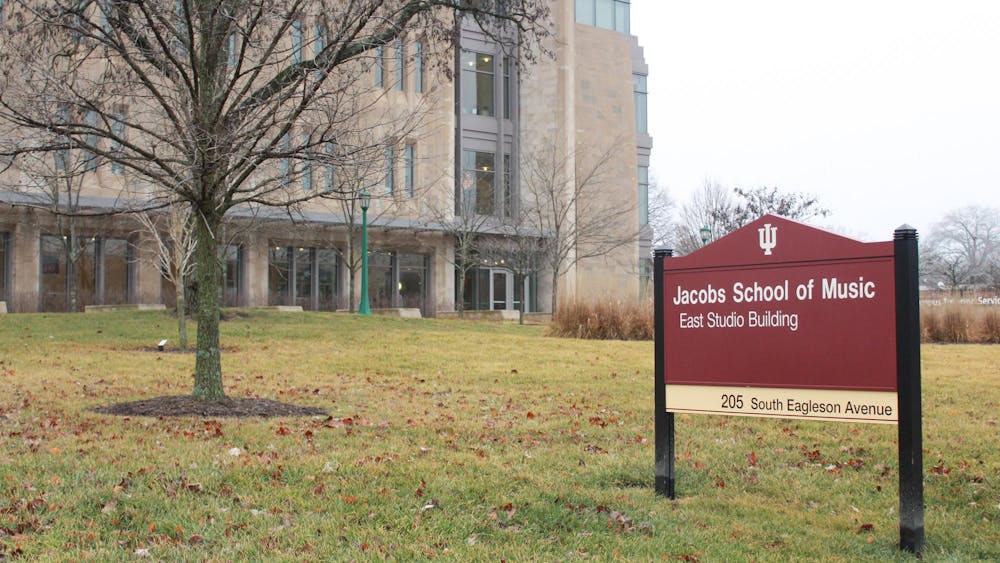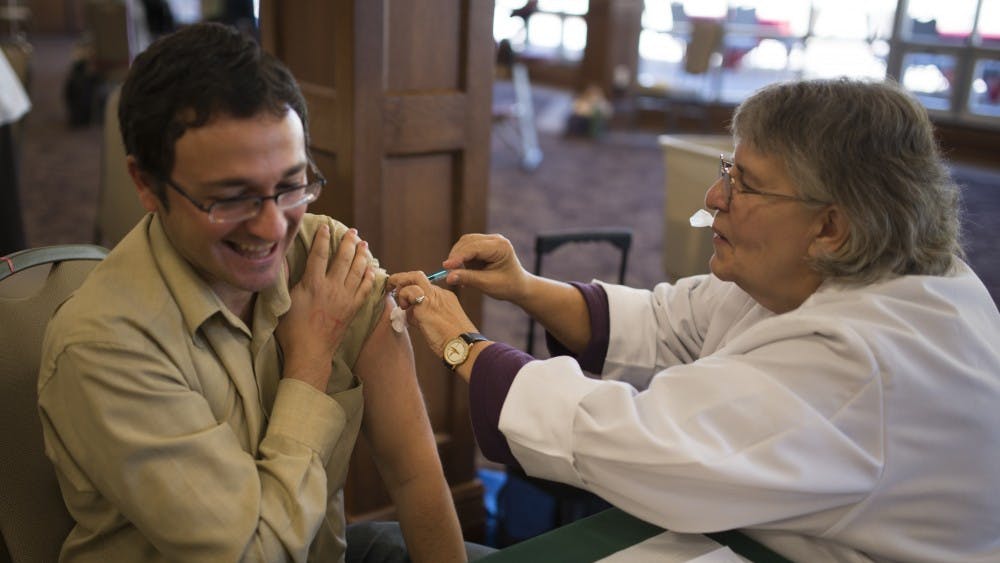IU researchers might have stumbled upon an incentive to move away from the city.\nRepresentatives from the School of Public and Environmental Affairs discovered a correlation between certain types of cancer and industrial areas, specifically those most exposed to volatile organic compounds, or pollutants known as VOCs, which are found in gasoline, solvents and paint. \nWhile the determination of a correlation does not necessarily signal a causation relationship, Michael Boeglin, who worked on the study with SPEA associate professor Diane Henshel and former graduate student Denise Wessels, said the results do show a need for more attention to the matter.\n"More researchers in basic toxicology need to devote more resources to investigating the fundamental link between VOCs in the air and some of the cancers that people don't normally associate with them," said Boeglin, who currently works in the Region 7 office for the Environmental Protection Agency.\nSpecifically, the researchers found cancers to the brain, thyroid, nervous system, skin and endocrine system to be more prevalent in counties in Indiana that are exposed more to VOCs, usually industrial areas. Boeglin said these kinds of cancers are not usually thought to be linked to air-borne pollutants.\nThe study used regression analysis to compare the Indiana State Department of Health's cancer statistics for all counties in Indiana that had enough data available with the VOC emission data from the EPA's Toxic Release Inventory. Boeglin said they found all this information online.\n"We found that there is a pretty tight association between the release of VOCs from stationary sources of emission and the occurrence of cancer," Boeglin said.\nAlthough all the information was available online, Henshel said they used modern and expensive technology, called landscape-scale analysis, to compound the data.\n"There aren't that many people that are using these tools at this point," she said. "It's a very expensive project, but it will give you much more definitive results."\nHenshel said the technology does suffer when proper monitoring and data-collecting has not been done. \n"If data is questionable or if the monitoring isn't being done, that's a problem," she said. "That's a problem with Indiana."\nBoeglin said there were several counties that did not have enough data to use in the study.\nHenshel said she feels this issue deserves further attention, so once she assigns research to her students, she will give the option of researching this correlation further.\n"I think that this is a chronic problem," Henshel said. "We need to look and see whether or not things we're being exposed to are having an impact on our health."\nBoeglin said the study proves a specific correlation between cancer rates and the emission of non-chlorinated VOCs, a type of VOC he said had been previously under-researched.\n"People at the public policy decision making level need to commit more resources to more support for that kind of research, supporting it financially and being more observant of the sources of VOCs, especially non-chlorinated VOCs," Boeglin said. "A lot of times people focus on the chlorinated ones because of the specific pathways."\nBoeglin said the correlation between VOC emissions and cancer rates has been, up until now, relatively unresearched.\n"We didn't really know what we would find," he said. "We feel justified in having done the study"
Research finds possible link between cancer and industrial areas
Get stories like this in your inbox
Subscribe





